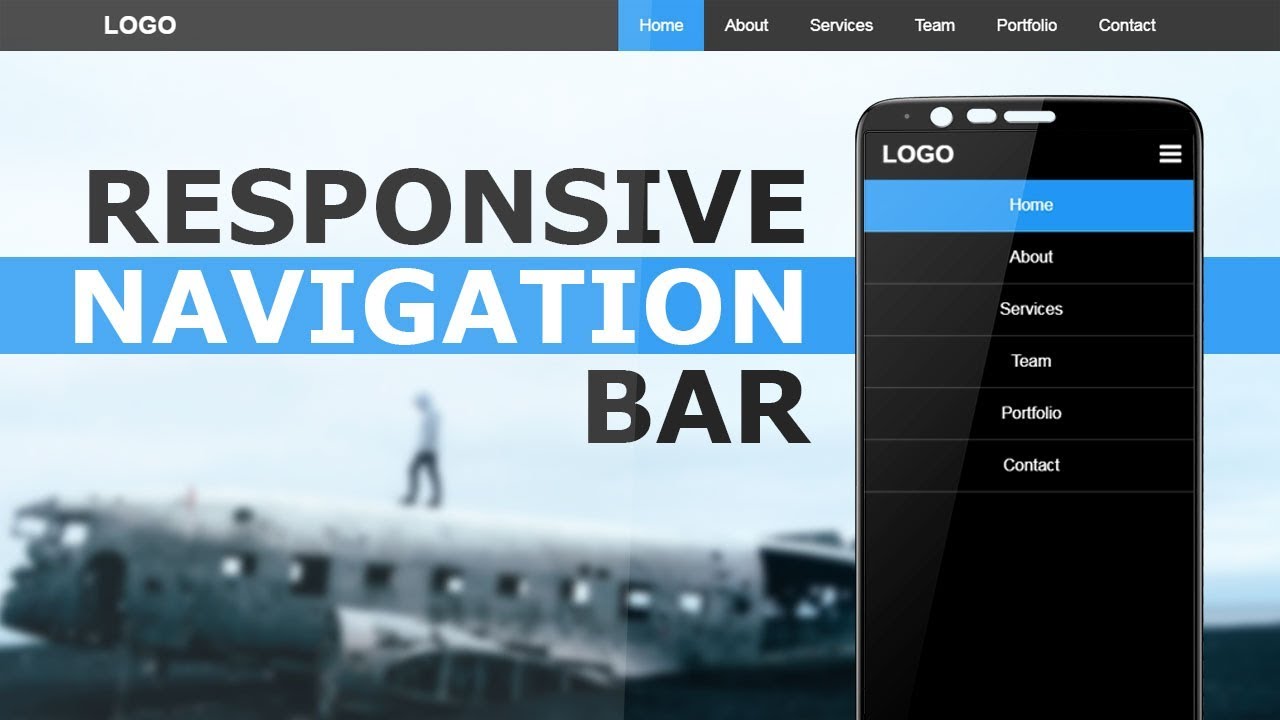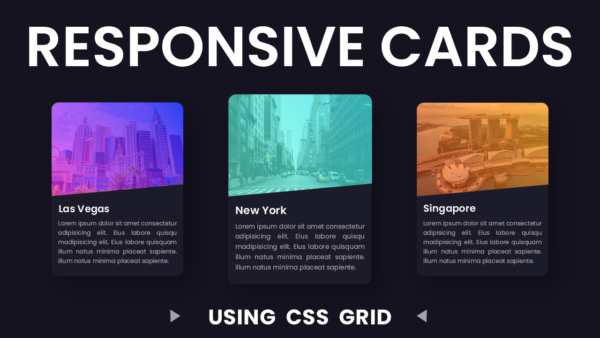



Here, we will discuss some of the commonly used units for responsive website design.ĬSS em unit is a relative unit assigned depending on the font size of the parent element. How will you know what CSS unit you should use for your website layout? CSS Unit for Responsive Website Design However, there are still lots of relative units. Going through the two categories, it is undeniable that relative CSS units are preferable choices over absolute units for responsive web designing. It gives you a deep understanding of CSS and responsive design while keeping. Relative units are flexible and highly preferred by website developers, so the layout quickly adjusts to various screens of different sizes. Youll learn to build advanced layouts while solving fun coding challenges. Unlike absolute units, relative CSS units depend on the family or parent elements. The second category is CSS relative units. em here is the CSS unit used, which refers to the size of the text. font-size is the property, while 15em is the value. First off, CSS units are what developers use to determine the size of a property, such as its length, width, font size, etc. Also, it will determine how your design interacts with different devices.īefore we dig deeper into CSS measurement units and enumerate each type, let us first know what CSS unit is. Why? Because these units contribute to the look and feel of your website. However, even a non-technical startup leader should also know the basic CSS units. This is a tedious job done by frontend developers. Designing for every screen Device, browser, viewport Responsive web design media queries Parameters Mobile-first or desktop-first Learn CSS with my. Media queries are commonly used in responsive. There are a lot of units for CSS, but which one is the best in practice?ĬSS unit is an important aspect of creating the layout of a website. You can combine flexbox with media queries to create a layout that responds to different sized screens. Responsive web design is broken down into three main components, including flexible layouts, media queries, and flexible media. A responsive design adapts the web-page layout to the viewing environment by using techniques such as fluid proportion-based grids, flexible images, and CSS3. However, it is fundamental in creating a responsive website design. The CSS unit of a website layout may not be recognizable by the end-user.


 0 kommentar(er)
0 kommentar(er)
